Here's what not to do with your pumpkin after Halloween — according to a garden expert
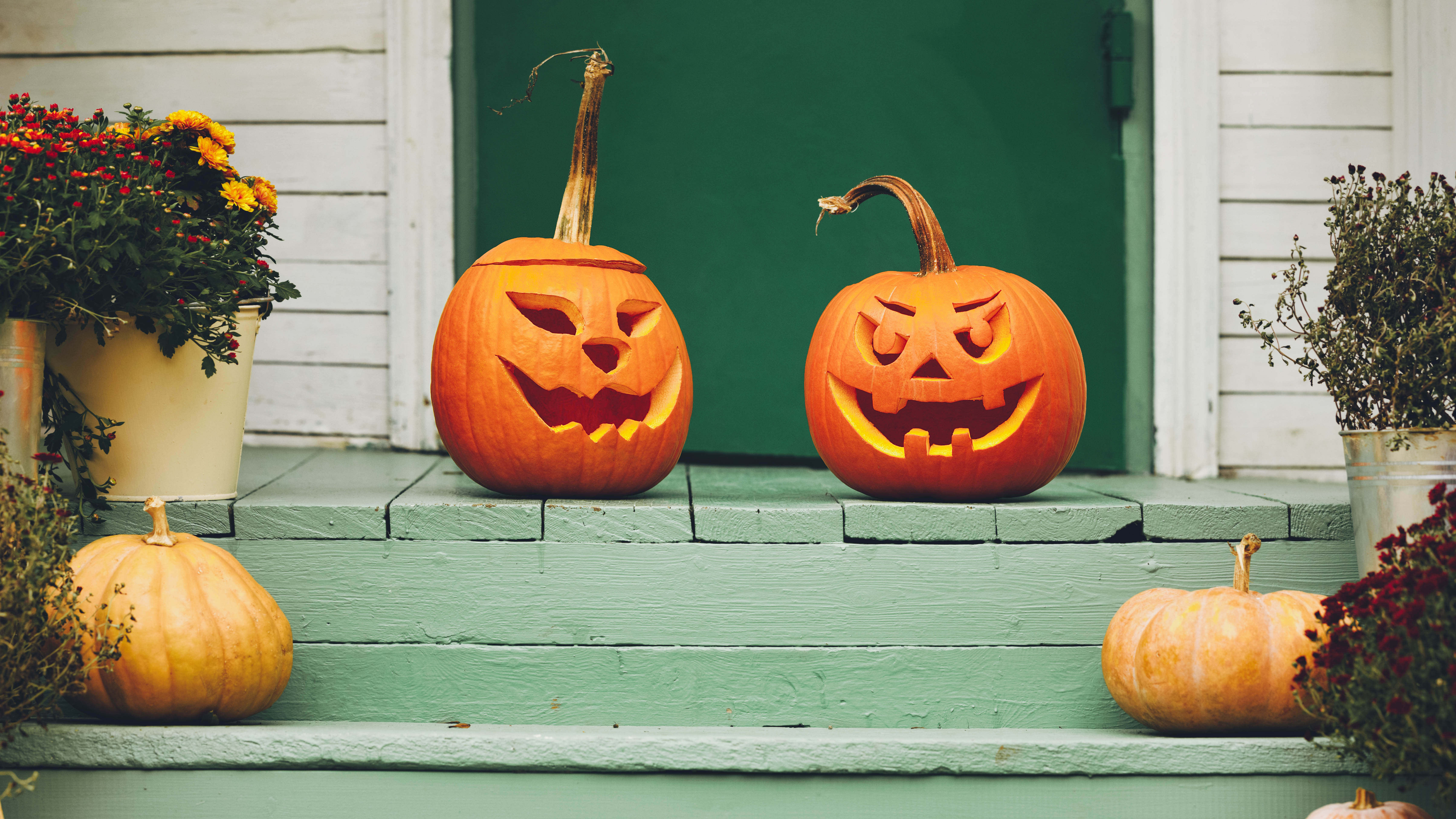
There are plenty of young children living on my street, and over Halloween, the evidence is right before my eyes. It warrants a street name change to Pumpkin Lane.
And I know that there are plenty of other neighborhoods where pumpkins dominate front yards at this time of year. All are beautifully carved with striking designs, and there is often more than one outside each household.
All this means is that there’s a large number of pumpkins after Halloween that need to be disposed of. While the insides are often removed to make pumpkin pie or some other seasonal treat, the rest of the pumpkin can still be repurposed.
However, David Denyer, Eflorist’s flower and garden expert, warns that some online tips to reuse pumpkins can actually do more harm than good.
So, I asked him to share the common mistakes people make when repurposing pumpkins, and what they should do instead.
Don’t leave pumpkins to rot on beds or borders
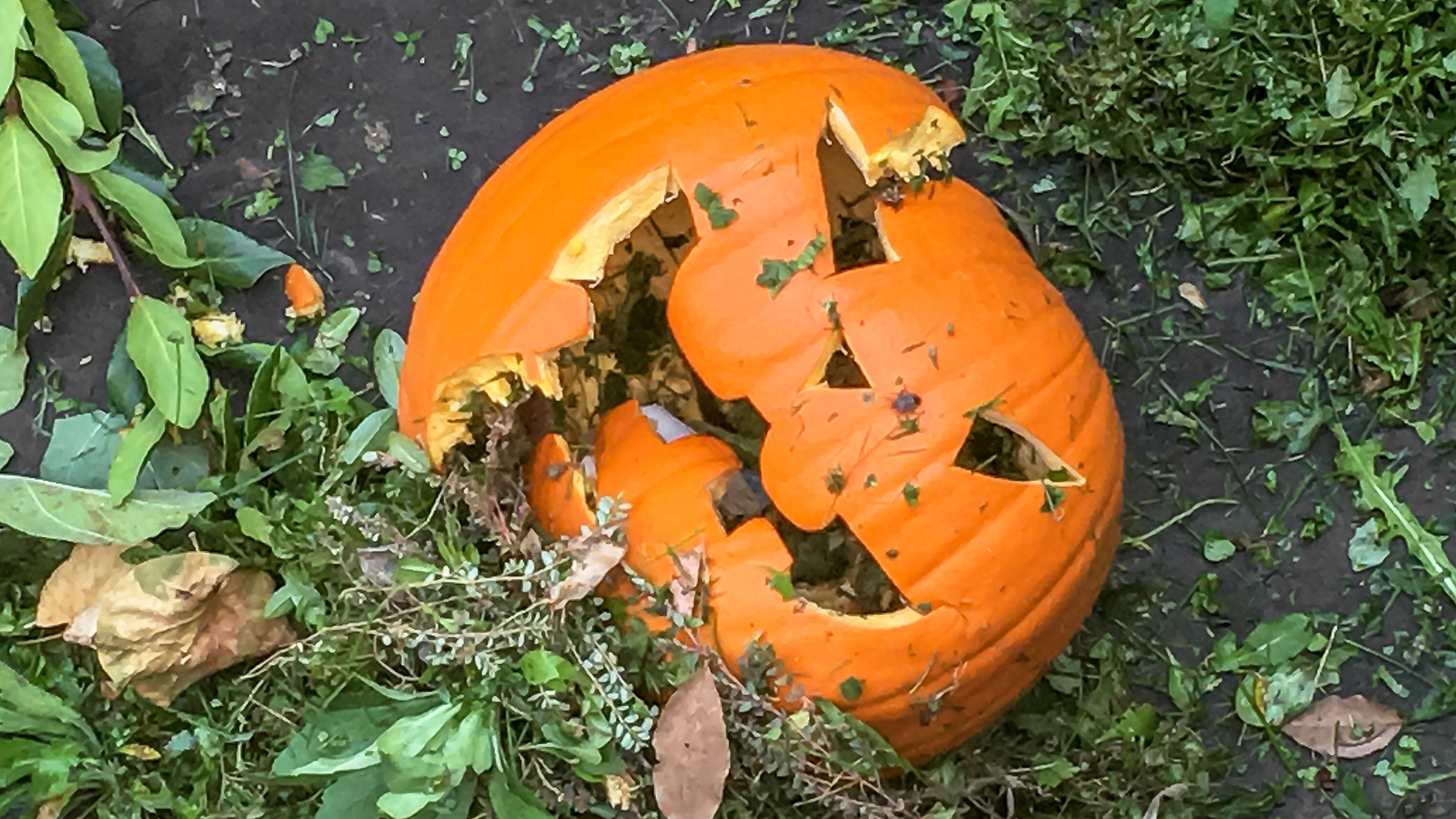
“Using pumpkins in your garden as a natural fertilizer may seem like a good idea, but it can actually cause more harm than good if not done correctly,” says Denyer.
And it’s due to the composition of the fruit. Yes, that’s right: pumpkins are actually fruits and not vegetables.
Get instant access to breaking news, the hottest reviews, great deals and helpful tips.
“Pumpkins are high in water and sugars, which means they quickly break down into a thick, slimy layer that blocks air circulation and traps moisture around plant roots,” explains Denyer, “This can then encourage fungal problems, like gray mold or powdery mildew, which can also spread to your nearby plants.”
Pumpkins also cause another problem when they decompose. Denyer explains they use up nitrogen in the soil, temporarily reducing the nutrients available to your plants. And they can also disturb the soil's balance.
“Rotting pumpkin flesh also ferments quickly, and the acids it releases can temporarily alter the soil’s pH, leaving nearby plants at risk of nutrient stress," he says.
If you want your pumpkin to help feed your soil, the best thing to do is let it break down in your compost before adding it to your soil.
Don’t put a whole pumpkin in your compost
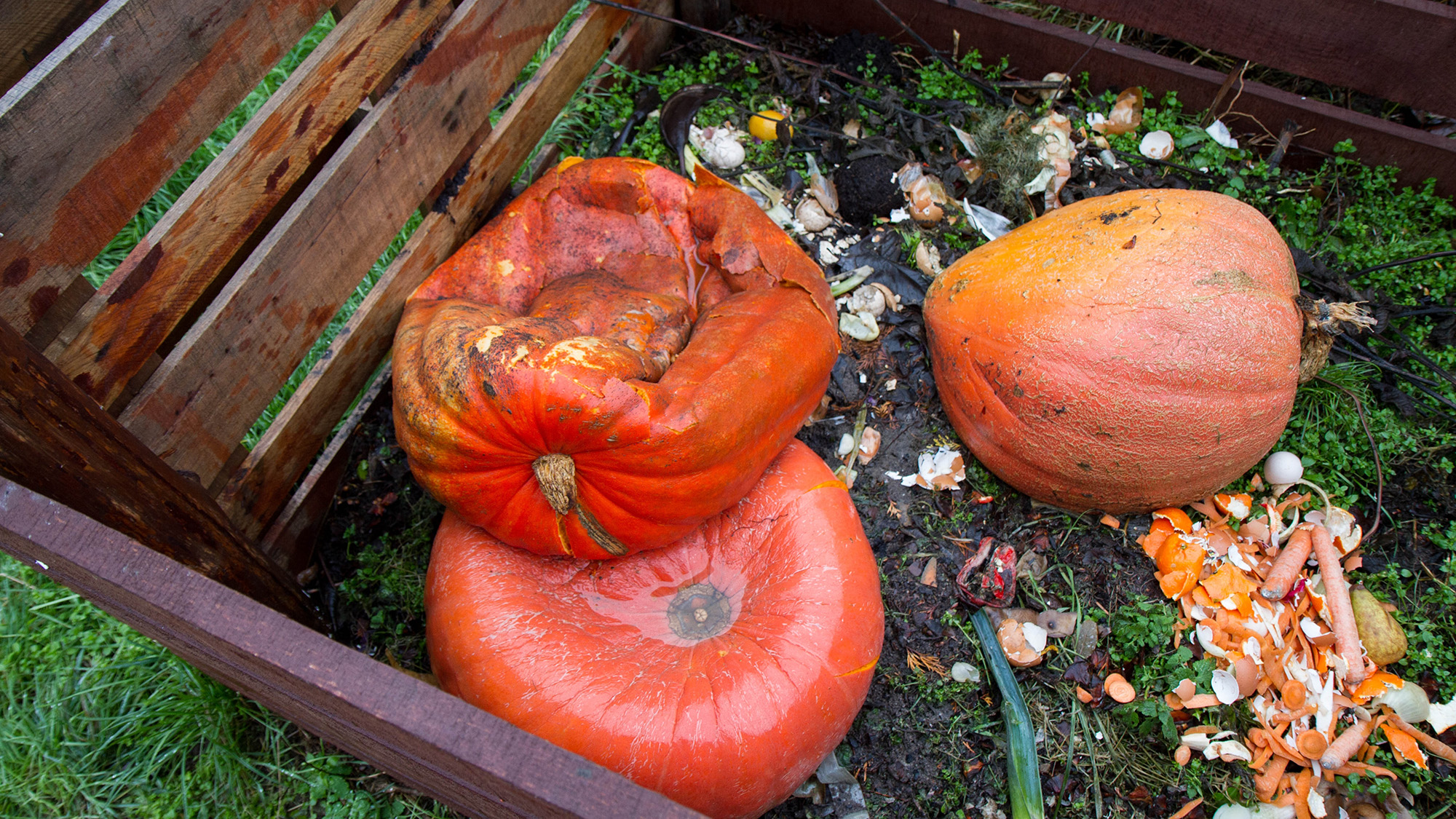
“Pumpkins decompose slowly if left whole because of their thick rind and high water content. Because of this, adding them straight to your compost can throw off the balance, making the heap turn slimy or even anaerobic, which stops it from breaking down properly,” says Denyer.
Instead, if you want to compost your pumpkins, he suggests chopping them into small pieces and mixing them with dry, ‘brown’ material like shredded leaves, twigs, or even cardboard. “This helps keep the compost aerated and prevents unpleasant smells while allowing it to decompose efficiently,” he adds.
Don’t leave pumpkins out for wildlife
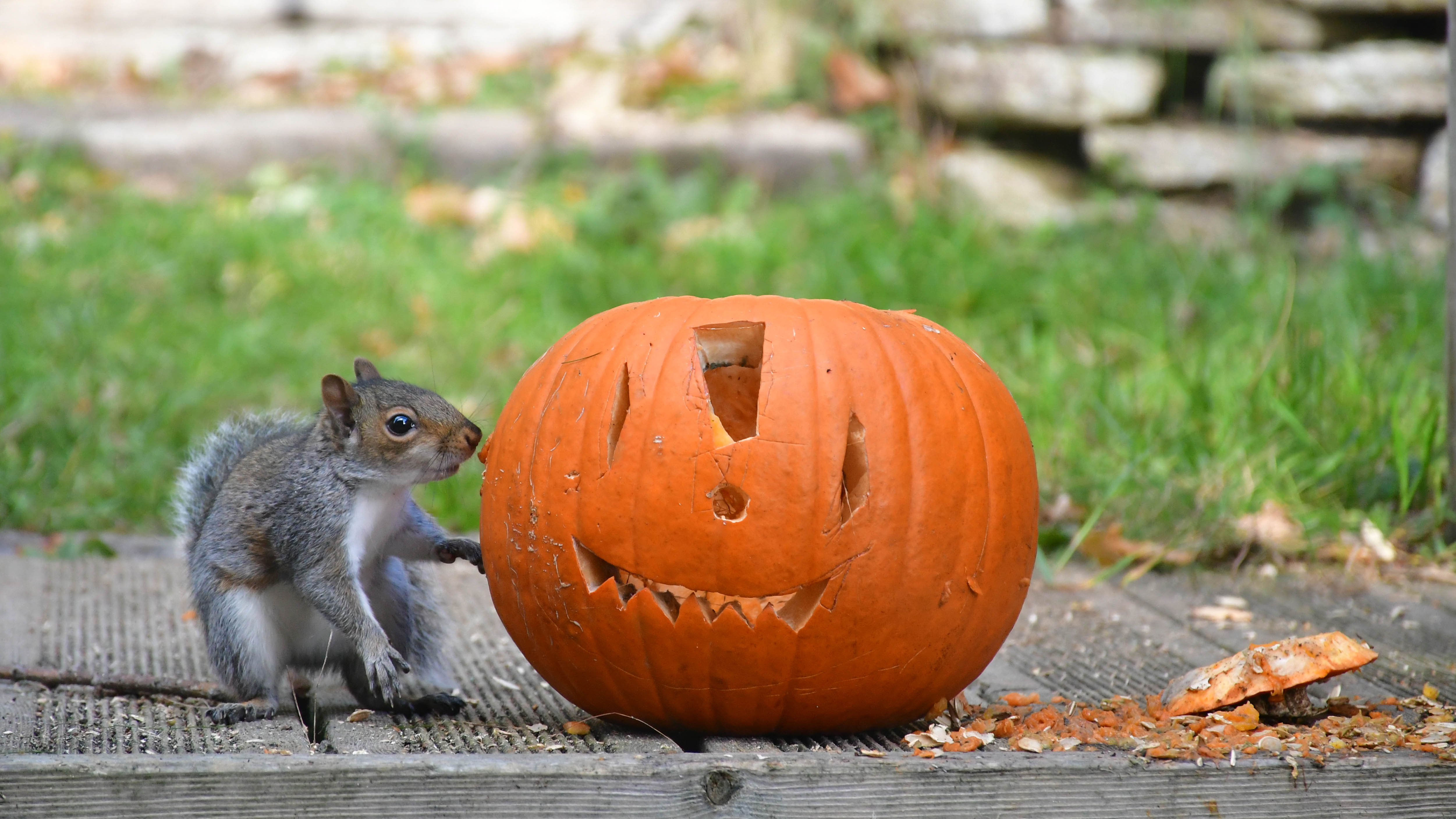
Although leaving pumpkins out for wildlife to nibble might sound like a good idea, pumpkins can attract unwanted pests to your home.
“Their high sugar content attracts rats, foxes, and other pests, while the acidity and mold that develops as they rot can make hedgehogs, insects, and birds unwell,” says Denyer.
If you want to help wildlife after Halloween, he suggests putting out fresh water, birdseed, or specialist hedgehog food instead. “They’ll do more good for your local ecosystem than leftover pumpkin ever could,” he adds.
How to reuse your pumpkin the right way
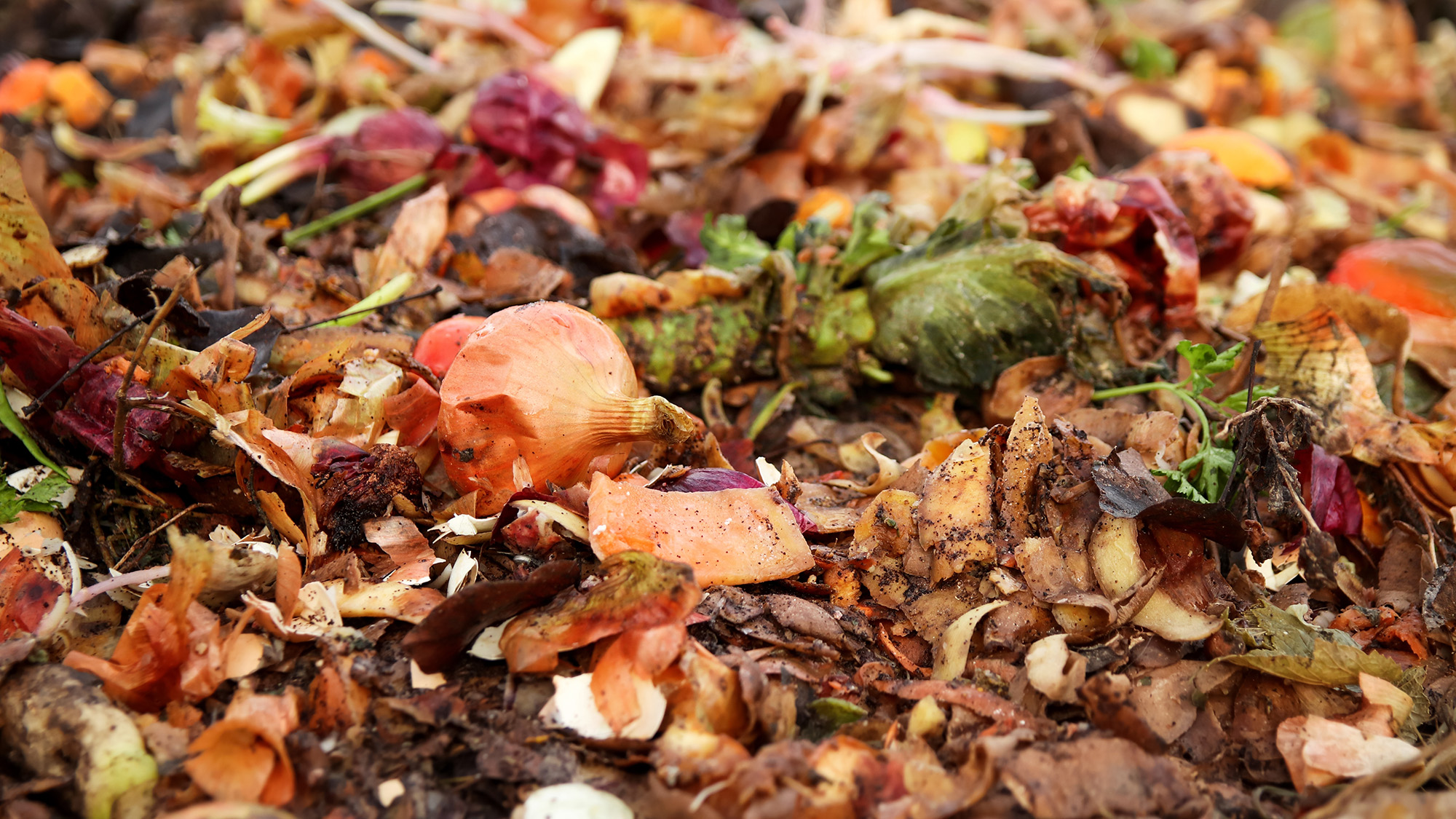
The best way to reuse your leftover Halloween pumpkins is to compost them correctly. Denyer advises, “Cut it into smaller pieces, mix it with dry material, and let it decompose over time. Once it has broken down, it becomes a great organic soil improver that’ll help your garden retain moisture and nutrients.”
There’s even a solution if you don’t have a compost heap, with Denyer suggesting that you can bury small chunks in an unused area of your garden. “This works like a green manure, adding organic matter below the surface where it can decompose safely without attracting any pests or spreading disease.”
Follow Tom's Guide on Google News and add us as a preferred source to get our up-to-date news, analysis, and reviews in your feeds. Make sure to click the Follow button!
More from Tom's Guide
- How to squirrel-proof your Halloween pumpkins — 5 tips to keep the pests away
- I've just discovered the easiest way to stop your pumpkins from rotting, and it's only $17 at Amazon
- How to have a sustainable Halloween — 7 planet-friendly tips

Camilla is the Homes Staff Writer and covers everything to do with homes and gardens. She has a wealth of editorial experience, mounting over 30 years, and covers news and features, tests products for reviews and compiles buying guides.
Her work has appeared in business and consumer titles, including Ideal Home, Real Homes, House Beautiful, Homebuilding & Renovation, and Kitchen & Bathroom Business. She’s even appeared on the cover of Your Home, writing about her own house renovation.
Although she’s obsessed with decorating her home, she also enjoys baking and trying out the latest kitchen appliances. But when she’s not inside, you’ll find her pottering about in her yard, tending to her vegetable patch or taking in her prized hydrangeas.
You must confirm your public display name before commenting
Please logout and then login again, you will then be prompted to enter your display name.
